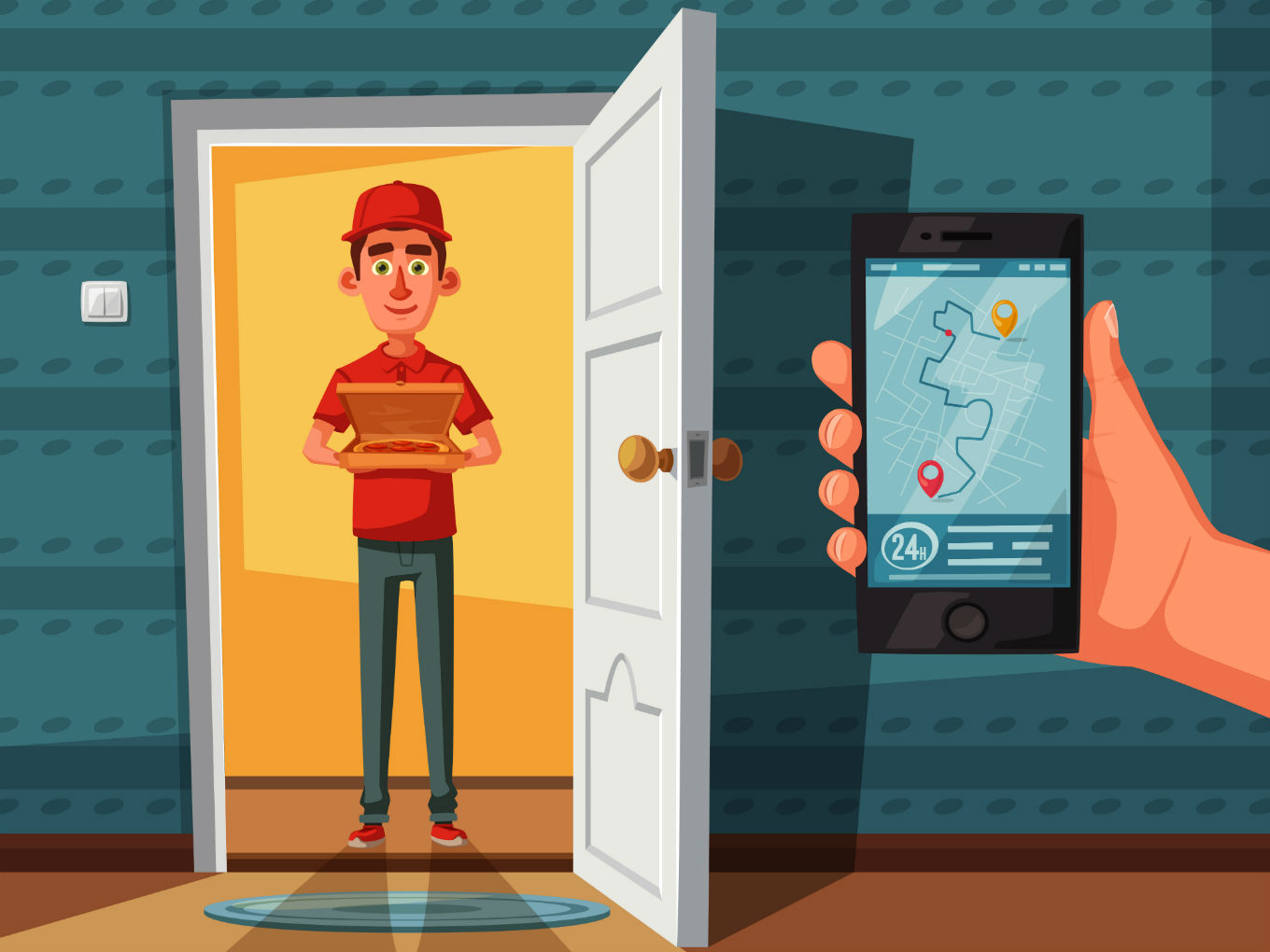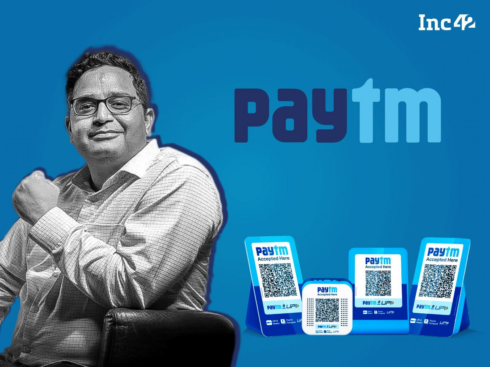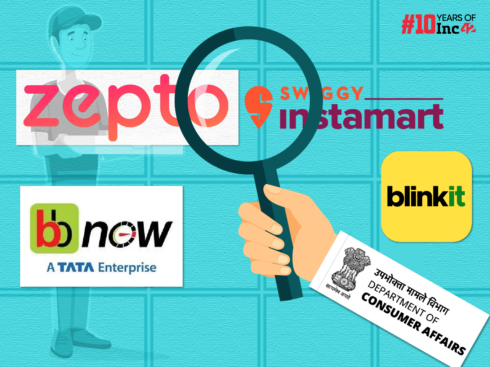SUMMARY
As of 2019, the total online food delivery users stood at 182 Mn+, growing at a rate of 12% (2018 to 2023)
The number of unique funded startups in the foodtech space surged 3x between 2014 to 2018
Food delivery is dominated by Zomato and Swiggy in India
Among contemporary tech startup sectors, one of the biggest beneficiaries of urbanisation is the foodtech industry — which includes companies operating as tech enablers for the food serving and F&B industry. The impact of foodtech in India can be best observed from the changing habits of food consumption in India. DataLabs by Inc42 noted that as of 2019, the total online food delivery users stood at 182 Mn+, growing at a rate of 12% (2018 to 2023).
In addition to the growing demand for foodtech applications in India, the investor confidence towards foodtech businesses also remains high. As per DataLabs by Inc42 estimates, the number of unique funded startups in the foodtech space surged 3x between 2014 to 2018. On the other hand, the average ticket size of funding deals in this space witnessed an increase of 2x during the same period.
Further, it noted that online food delivery is spearheading the growth of the overall sector. The main reason behind the growing popularity of this sub-sector can be linked to the increased number of internet users in the country due to the availability of affordable 4G mobile internet along with smartphones. This has resulted in the emergence of a high volume of market players offering similar services with very little distinction between each other.
But how do online food delivery services work?
What Are The Food Delivery Business Models In India
In simple words, the idea appears to be simple — set up a marketplace platform for restaurants, where customers can choose and order food. But there is a lot more that goes into this simple yet complicated maze of online food delivery. Today, the online food delivery goes beyond delivering restaurant food to cloud kitchens and homemade tiffin delivery apps.
- Delivery Only
- End-To-End Management
- Aggregation Model
- Cloud Kitchen Model
A study published by the World Economic Forum (WEF) which states that the growing demand for “food at home” is the most significant drivers of future expenditure of Indian population — the total estimated expenditure towards “food at home” services between 2018-30 is $1.3 Tn compared to “dining out” at $0.3 Tn.
Broadly classifying the models, we can see three basic models in the online food delivery industry.
Delivery Only
To begin with under the order-only model, the business just works as a facilitator of ordering and delivery of foods between the restaurants and the customers. This seems to be the most basic model and Swiggy built its empire on this model, by facilitating deliveries before moving on to other models.
End-To-End Management
Under this integrated model, food delivery startups focus on managing the entire value chain. This includes cooking food, to delivery, which is how the likes of Faasos started out. Domino’s and McDonald’s still prefer this model, however these two fast food giants have also tied up with food delivery startups.
Here, the restaurant is responsible for both the food quality and the delivery of food.
Aggregation Model
Then comes the aggregation model, which is now followed largely by market leaders Swiggy and Zomato. This is only focused on the delivery of food and leaves the cooking to the restaurant. However, restaurants can choose to partner up with the food delivery platform or fulfil it themselves. This, in turn, allows restaurants to list themselves, enabled food delivery or just discovery.
Cloud Kitchen Model
While food delivery giants such as Zomato and Swiggy use a variation of the food delivery and aggregation model, the entry of cloud kitchens has opened up new revenue paths and models for these companies.
Many food delivery platforms are run on cloud kitchens, which can accommodate many brands with a centralised backend and no storefronts. This allows food delivery startups to control the entire experience and scale up with the help of aggregators as well. This hybrid approach has been practiced in part by the likes of Freshmenu and other cloud kitchen startups.



























